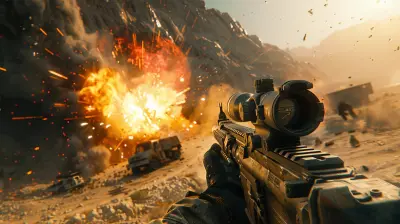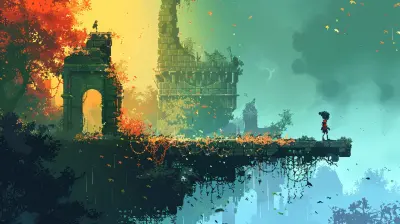The Importance of Crafting Item Rarity and Balance in MMOs
27 July 2025
Massively Multiplayer Online games, or MMOs, are a sprawling digital playground where millions of people converge to battle monsters, complete quests, and—let’s be real here—chase after the shiniest, rarest loot the game has to offer. Whether it’s a glowing sword of doom or some mystical staff that can summon a storm, items play a monumental role in these games. But have you ever stopped to wonder how developers determine which items are ultra-rare and which ones are as common as dirt? Or how they balance the impact of those items on gameplay?
Yeah, it’s not magic. It’s meticulous planning, and nailing the concept of item rarity and balance is critical to the long-term health of any MMO. Let’s dive into why this matters and how it can make or break these virtual universes.
Why Item Rarity Matters in MMOs
Rarity Creates Aspirations (And Obsessions)
Let’s face it—MMO players love the grind. Part of the thrill is chasing after that one legendary item that not only looks stunning but also packs a punch. The concept of rarity adds layers of excitement and aspiration. When you see a high-level player rocking that iridescent armor set that drops only 0.01% of the time, you’re tempted to think, “I NEED that.” Rarity is what fuels the grind and keeps players engaged in an endless loop of challenges and accomplishments.But why does it work so effectively? It’s human psychology, really. People value scarcity. It’s the same reason limited edition sneakers or rare Pokémon cards sell like hotcakes. In MMOs, a rare item becomes a status symbol, a virtual badge of honor that screams, "I put in the effort." And let’s be honest, who doesn’t enjoy a little bragging rights?
The Economics of Rarity: Supply vs. Demand
Item rarity also feeds into a game’s economy. MMOs often have player-driven marketplaces where rare items can fetch exorbitant amounts of in-game currency—or sometimes even real-world cash. If everyone walked around wielding the same dragon-slaying sword, it would lose its allure, wouldn’t it? Rarity ensures that some items remain highly coveted, which keeps the game’s economy alive and thriving. Developers have to carefully balance drop rates to ensure a sustainable supply and demand cycle. Too many rare items in circulation? Prices crash. Too few? Players lose motivation and, worse, start looking for exploits.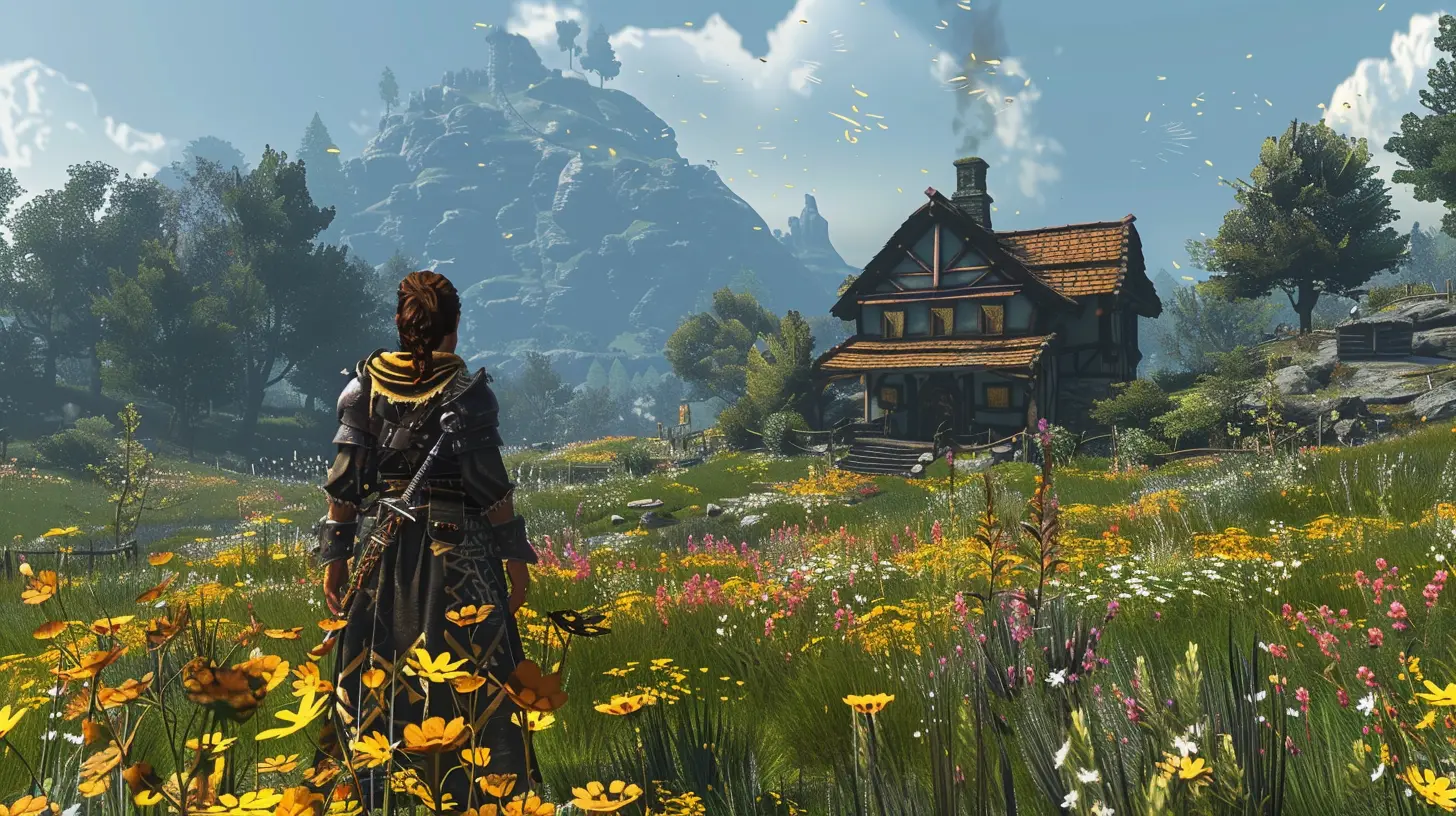
Balance: The Tightrope Walker of Game Design
A World Without Balance Would Be Chaos
Imagine logging into your favorite MMO, only to find that everyone’s using the same overpowered weapon that obliterates enemies with a single blow. It might sound fun for a while, but the novelty wears off quickly. Why? Because balance—between items, classes, and gameplay mechanics—is what makes an MMO dynamic and challenging.Good balance ensures that no single item is the end-all, be-all solution to every encounter. Developers have to make sure that each item, regardless of its rarity, has its strengths and weaknesses. This encourages players to strategize and experiment rather than just gravitating toward one “meta” item.
The Domino Effect of Poor Balance
When item balance is off, the ripple effects can be disastrous. An overpowered item can render other weapons or gear obsolete, leaving large chunks of a game’s design wasted and irrelevant. This not only frustrates players who spent time and effort obtaining those redundant items but also makes the gameplay feel stale. And let’s not even get started on the PvP (Player versus Player) scene, where unbalanced items can make matches feel one-sided and unfair.Balancing isn’t just about tweaking numbers. It’s about understanding the entire ecosystem of the game—the players, the systems, and the progression paths. Think of it like a Jenga tower: If one block is out of place, the whole structure wobbles. And in MMOs, no one wants their gaming experience to collapse.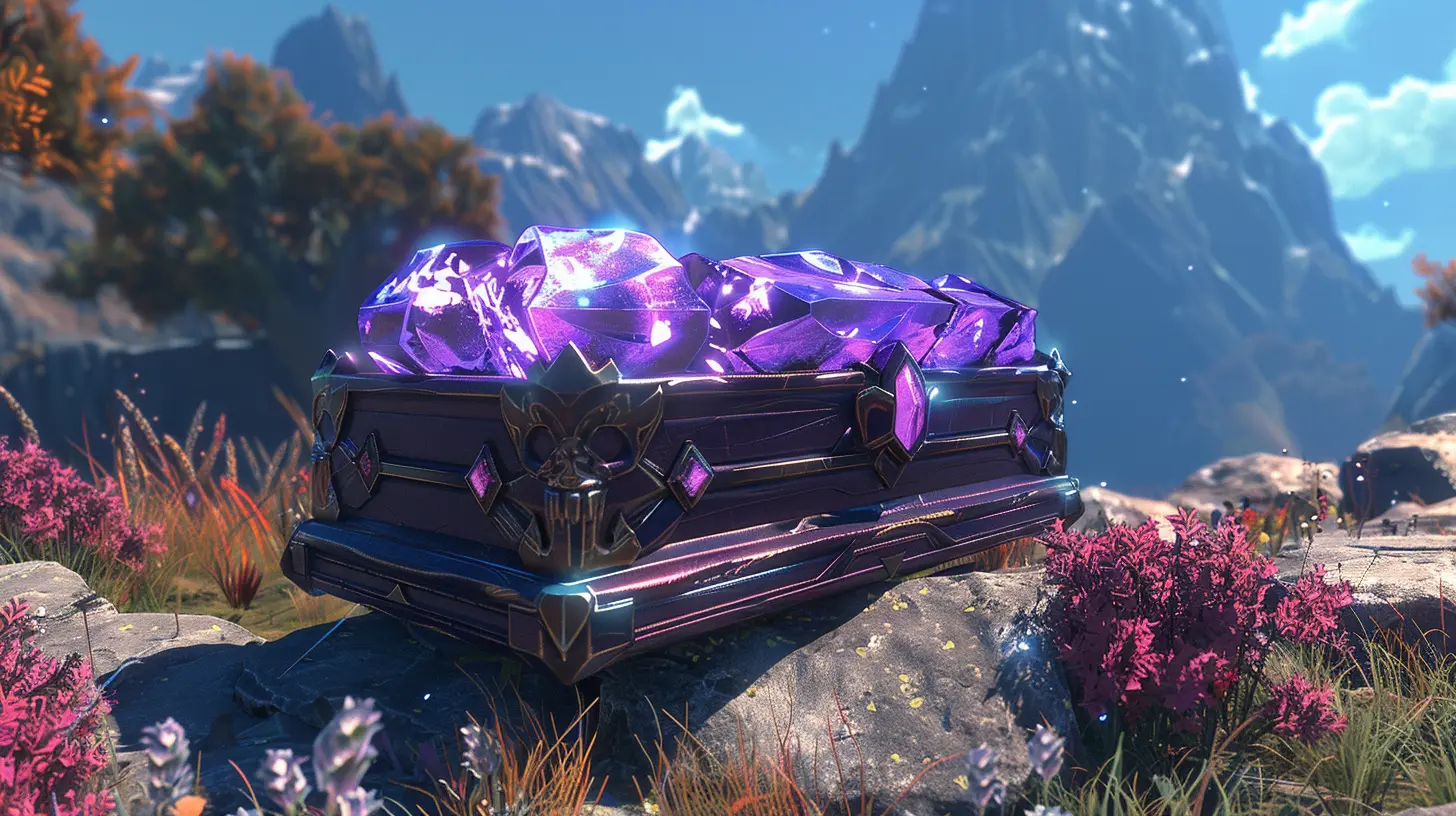
The Art of Crafting Item Rarity and Balance
Designing Rarity Tiers
Most MMOs use a tiered system to categorize item rarity: common, uncommon, rare, epic, and legendary. It’s like a spectrum. Common items are like the bread and butter of your inventory—you’ll find them everywhere, and they get the job done. But as you move up the ladder to legendary items, you’re dealing with the crème de la crème, the items that make you feel like a virtual deity.The key to success here is making every tier meaningful. Common items shouldn’t feel useless; they should serve as stepping stones. Legendary items, on the other hand, should feel like a monumental achievement to earn. If all items feel equally attainable, the rarity system collapses.
RNG: Friend or Foe?
Ah, RNG (Random Number Generator)—the three-letter acronym that’s both a blessing and a curse. RNG determines how and when items drop, making it the backbone of item rarity in most MMOs. But RNG has to be handled with care. If it’s too strict (think thousands of hours without a single valuable drop), players get frustrated and quit. Too lenient, and the sense of accomplishment fades away. Striking the perfect balance is like threading a needle blindfolded, but it’s absolutely necessary.Some MMOs introduce systems like "pity timers" to mediate RNG. These mechanics ensure that if a player hasn’t received a rare item after a certain number of tries, the odds increase in their favor. It’s a clever way to mitigate frustration without removing the element of chance entirely.
Balancing Stat Boosts
Rarity isn’t just about how hard an item is to find; it’s also about how powerful it is. However, there needs to be a reasonable gap between tiers. A legendary item should be significantly better than a common item, but not to the point where it trivializes the rest of the game.This is where stat balancing comes into play. Developers often use diminishing returns to ensure that higher-tier items provide meaningful upgrades without breaking the game. For example, a legendary sword might deal 20% more damage than a rare one—not 200% more.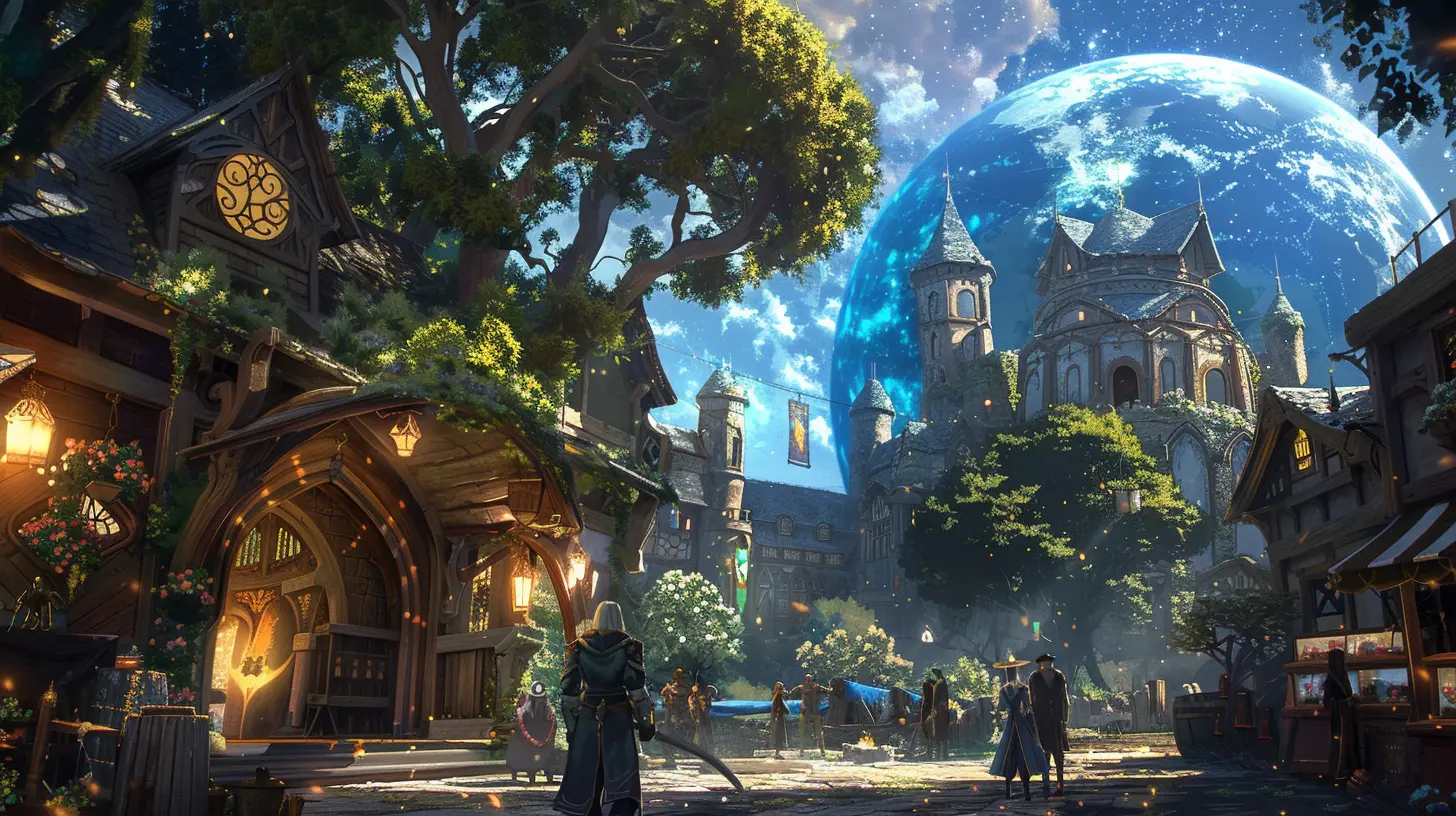
The Emotional Connection to Loot
The Highs of Winning (And the Lows of Losing)
Few things are as exhilarating as finally looting that rare item you’ve been grinding for weeks. It’s a dopamine rush, plain and simple. But on the flip side, when item rarity is poorly designed, it can lead to burnout. Spending hundreds of hours with nothing to show for it? That’s how games lose players.The emotional rollercoaster is part of what makes MMOs addictive, but it has to be carefully managed. Developers need to ensure that the grind is rewarding—not just for the lucky few who hit the jackpot, but for everyone who puts in the effort.
Why Developers Need Feedback Loops
Balancing item rarity and gameplay isn’t a one-and-done deal. MMOs evolve, and so do player behaviors. Developers need to consistently gather feedback and use data analytics to adjust drop rates and balance mechanics. For instance, if a certain rare item feels mandatory to progress, it might need a nerf. Or if an item’s drop rate is so abysmal that players have to resort to exploits, that’s a red flag.Open communication and transparency with the player base can go a long way in keeping the game balanced and engaging. After all, MMOs are living, breathing worlds, and player input is often the compass that guides them.
Closing Thoughts
Crafting item rarity and balancing gameplay mechanics in MMOs is no small feat. It’s a delicate dance between making players feel rewarded and maintaining the integrity of the game’s ecosystem. When done right, it turns MMOs into endlessly engaging experiences where every rare drop feels like a mini-victory. When done wrong, it risks alienating players and throwing the entire game off-balance.So, the next time you pick up that ultra-rare item you’ve been hunting for, give a nod to the developers. Behind the scenes, they’ve likely spent countless hours refining drop rates, balancing stats, and ensuring that your journey feels both fair and rewarding. In the end, it’s the balance between effort and payoff that turns a good MMO into a great one.
all images in this post were generated using AI tools
Category:
Massively Multiplayer OnlineAuthor:

Tina Fisher
Discussion
rate this article
1 comments
Thornefield McCarty
Crafting item rarity and balance in MMOs is crucial for player engagement and economic stability. Properly implemented, it fosters excitement and competition, ensuring that both casual and hardcore players find value and satisfaction in their gameplay experience.
August 1, 2025 at 2:34 PM

Tina Fisher
Absolutely! Balancing item rarity enhances player engagement and creates a vibrant in-game economy, offering both casual and hardcore gamers a fulfilling experience.
